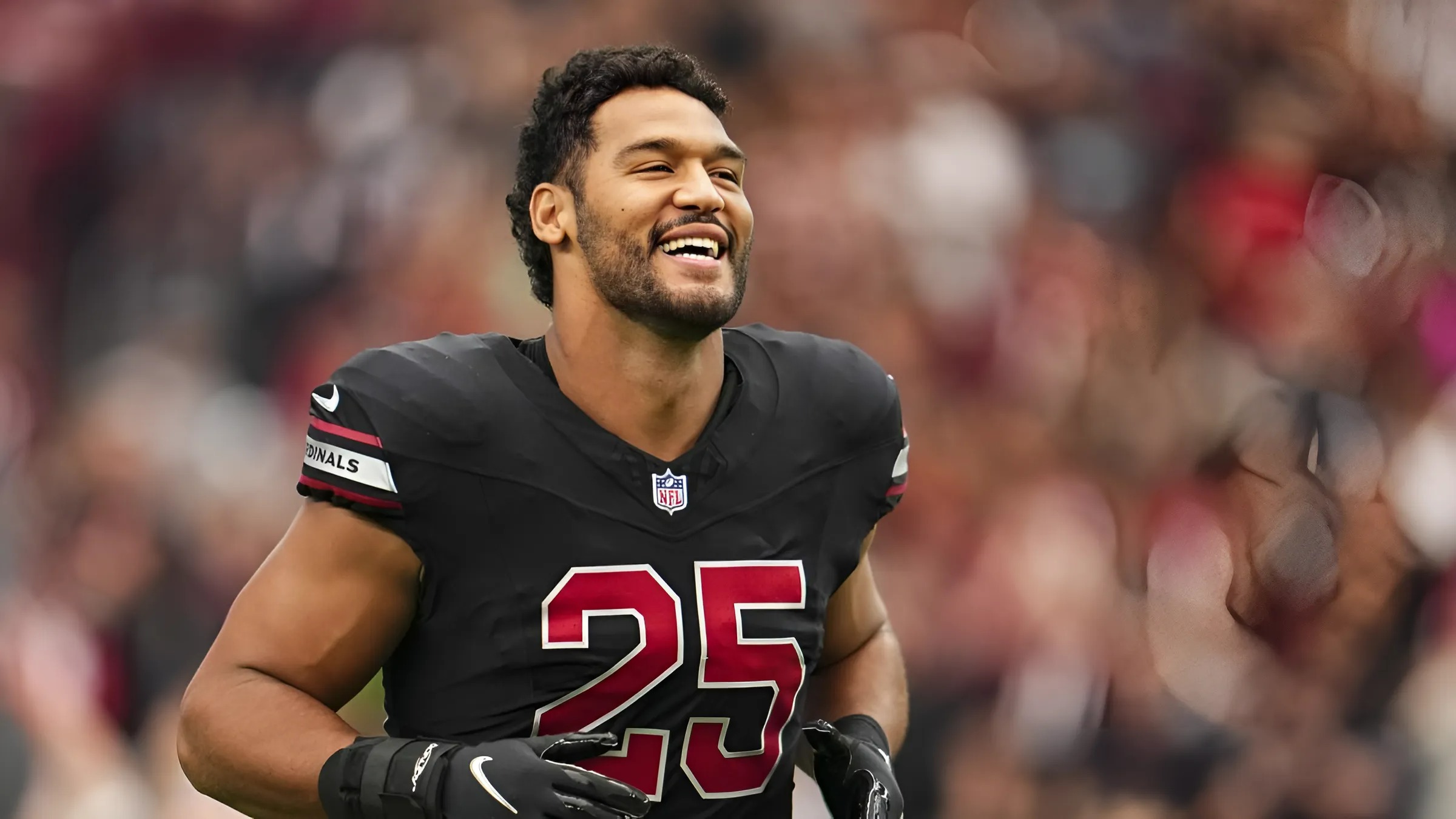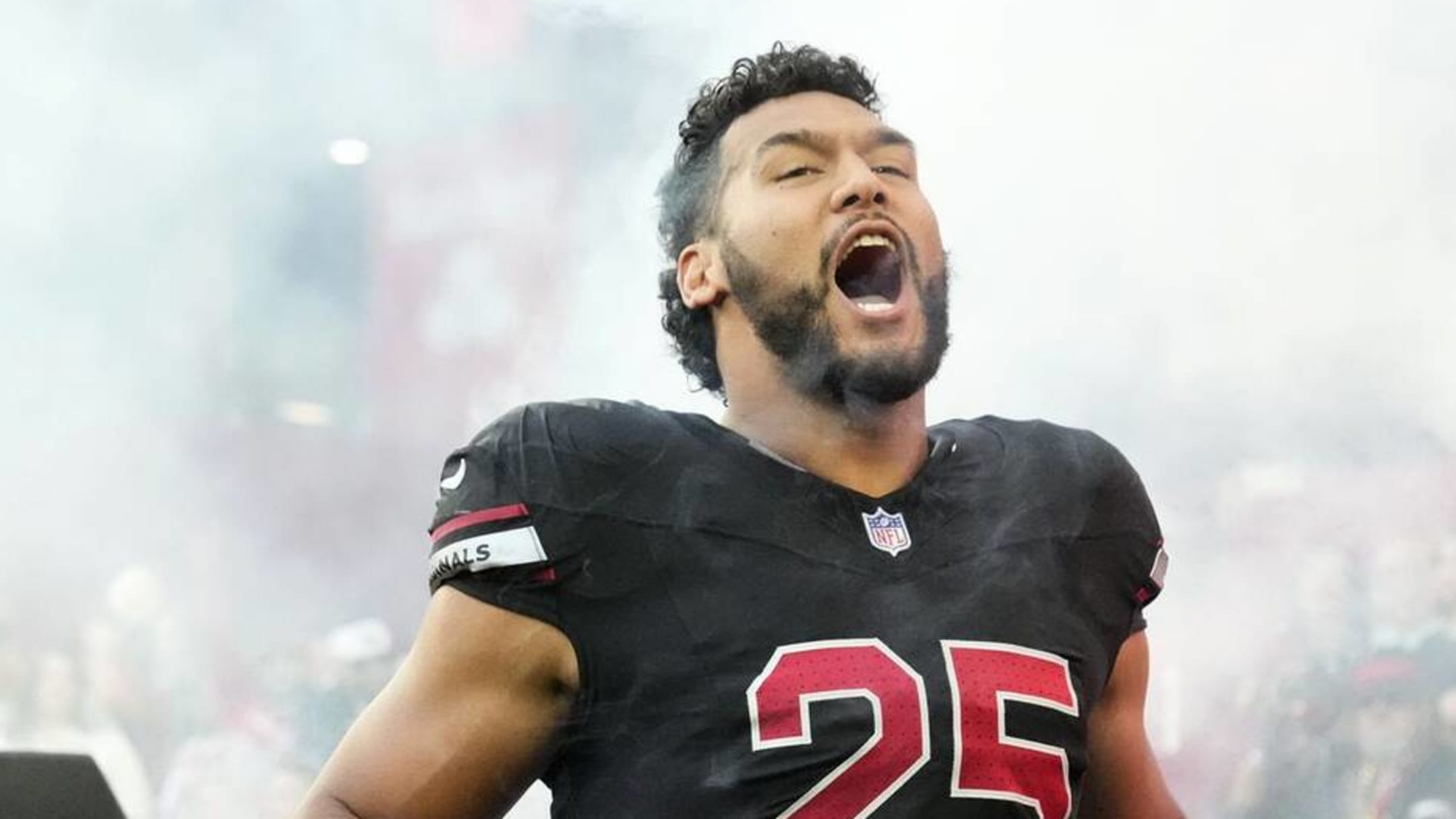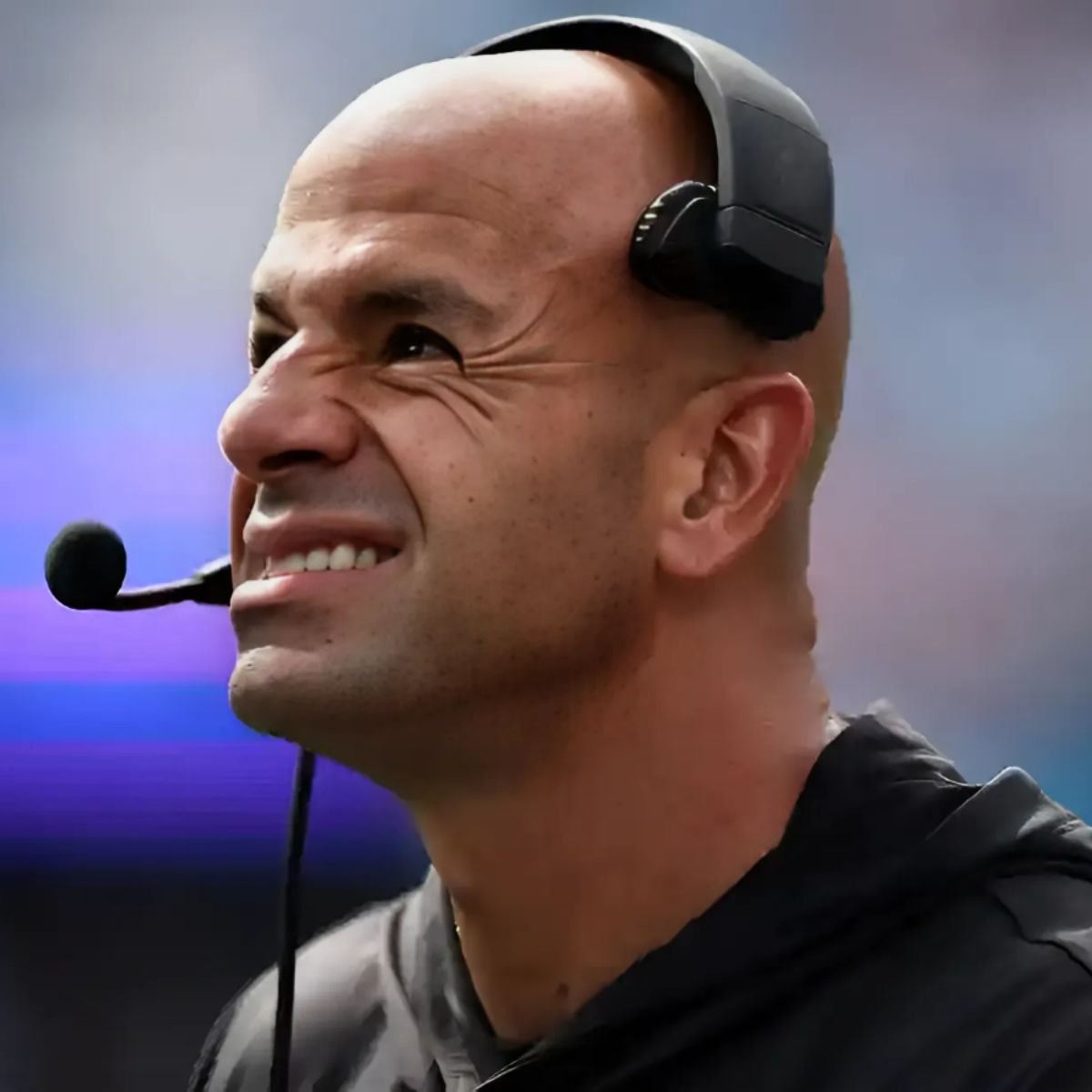The Arizona Cardinals and Zaven Collins are both winners after his fifth-year option declines.

ARIZONA — The Arizona Cardinals still have some decisions to make as the 2024 offseason now progresses into camps, though the future of OLB Zaven Collins has already been determined.
This week, the Cardinals officially declined the fifth-year option for Collins, who is now set to hit free agency after the 2024 season. 18 players drafted in the first round of the 2021 NFL Draft had their options picked up, which includes 11 names taken ahead of Collins’ No. 16 spot.
“We’ve talked a lot about it here the last couple weeks. We’re not going to pick up the fifth-year option on Zaven,” Cardinals GM Monti Ossenfort told Arizona Sports’ 98.7 FM earlier this week. “We’ve had discussions with Zaven. We’re extremely happy with where he’s at and the versatility that he brings to the defense. We want to keep Zaven around here, it’s just the fifth-year option removes some flexibility in terms of the cap that comes along.”
Arizona has now declined the fifth-year option on five of the last six first-round selections – the lone exception being Kyler Murray.
Typically, declining the option is seen as a bad sign for either the team or player – but it’s neither in this instance.
Arizona made the decision to switch Collins from ILB to an edge rusher when Jonathan Gannon’s staff took over in 2023. When he first entered the league, Collins struggled out of the gates in his rookie season but bounced back in his sophomore campaign before Gannon reached town.

There was some hope Collins would continue improvement in the interior, though Arizona had other ideas. The Cardinals had hoped Collins’ blend of size, speed and IQ could benefit a depleted edge group.
Through the first few weeks of the season, it appeared perhaps Collins had found his footing. Pro Football Reference shows he tallied 3.5 sacks in his first seven weeks of action to pair with one interception out of the gate.
Yet the final ten weeks of the season, Collins didn’t reach the quarterback. Sack numbers aren’t everything, though after Week 11 he didn’t register a QB hit (though Collins logged five QB hurries – contact with the QB after he threw it – in the last three games).
For what it’s worth, Collins was strong in the run game. As we pointed out previously, Collins’ 72.1 overall defensive grade on PFF led all returning Arizona’s defensive players while his 73.9 run support grade was 21st among all edge defenders last season.
The decision doesn’t mean the end of the road for either side – but if it is – it could be seen as a win-win for both.
Had Arizona picked up Collins’ fifth-year option, the Tulsa product would have been due for a $13.2 million cap hit – fully guaranteed – in 2025. As it stands, that would be a top-five cap hit on the team. ESPN’s Josh Weinfuss also reported his cap hit would extend to nearly $20 million if he had a Pro Bowl season in 2024.

Collins is by no means a bad player. Not even close. But edge players get paid on their ability to reach the quarterback, and the organization did the smart thing by not committing lofty money before Collins could prove it.
This could also benefit the player in a handful of ways. By leaving next offseason, he could opt to return to his natural spot at middle linebacker on a new squad – or maybe Collins truly finds his footing as an edge and can secure a long-term contract to the highest-bidder.
For the Cardinals, it was a low-risk move with possibility to bring Collins back after seeing what two full years as an edge rusher looks like. If he doesn’t improve, Arizona has him off the books.
/cdn.vox-cdn.com/uploads/chorus_asset/file/25428022/usa_today_22125351.jpg)
For Collins, he’s now closer to that coveted second NFL contract with opportunity to either cash out as an edge or start anew elsewhere, if he chooses.
No doors were closed with this move. Everything is still on the table, and ultimately it was a deal that was best for both sides.




